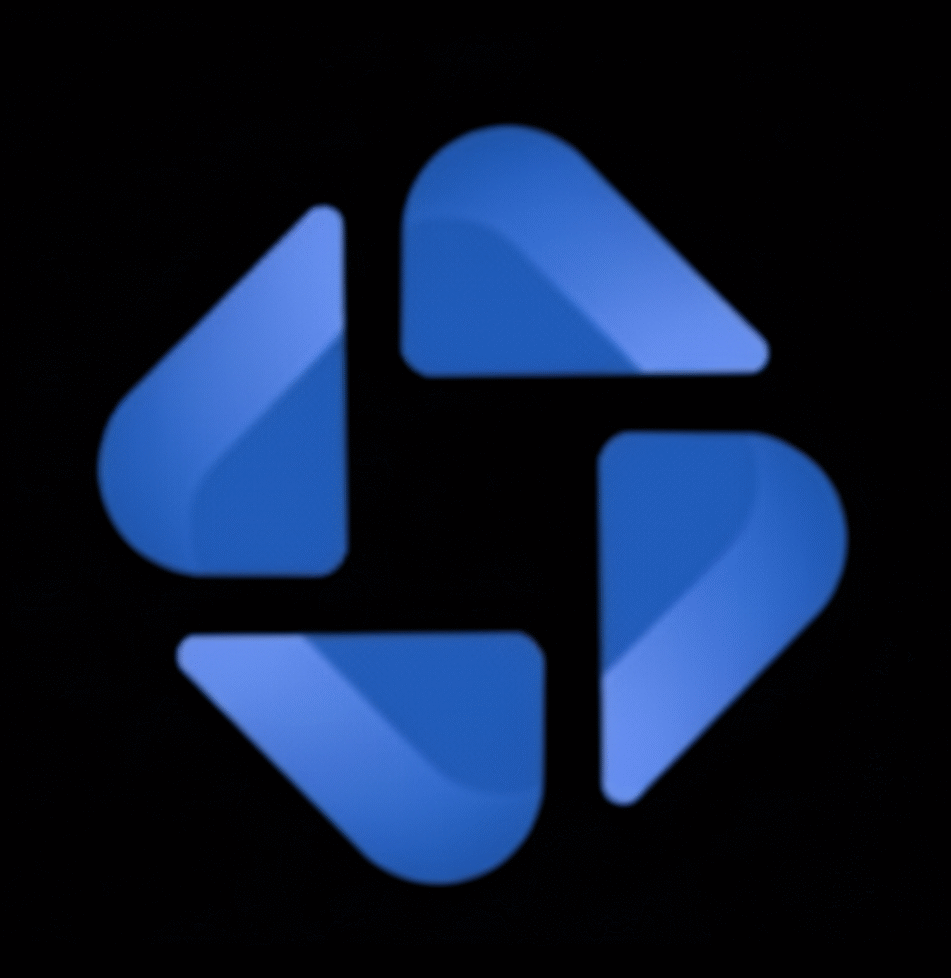Optical Character Recognition (OCR) has evolved far beyond simply converting scanned text into digital characters. With the rise of artificial intelligence and large language models, the industry is shifting toward intelligent document understanding where structure, context and visual elements matter as much as the text itself. In this landscape, Chandra emerges as a breakthrough solution.

Chandra is a highly accurate AI-powered OCR system designed to convert images and PDFs into structured HTML, Markdown and JSON while preserving layout information. Unlike conventional OCR tools that struggle with complex layouts, handwriting, tables and mathematical content, Chandra excels in processing real-world documents and extracting meaningful structured information. By combining advanced vision-language modeling and seamless integration with vLLM and Hugging Face inference, Chandra sets a new standard for modern OCR and document analysis.
What Makes Chandra Unique?
Structured Output With True Layout Preservation
Most OCR engines return raw text, forcing users to manually recreate structure. Chandra takes a different approach by delivering:
- Markdown with accurate formatting
- HTML with page-level structure
- JSON metadata including layout information
- Extracted images, diagrams
This allows enterprises, developers and researchers to build knowledge extraction pipelines, automated document workflows and digital archiving systems without tedious post-processing.
Superior Support for Handwriting and Complex Layouts
Handwritten content has historically been difficult for OCR systems. Chandra stands out with strong handwriting recognition capabilities making it well-suited for:
- Doctor notes
- Classroom notes and homework
- Forms filled by hand
- Vintage manuscripts and archives
It also supports tables, charts, diagrams, checkboxes and mathematical expressions making it valuable for legal, medical, academic and enterprise use cases.
Multi-Language Support
Chandra supports more than 40 languages, enabling global document processing workflows. Whether you are handling invoices in English, identify documents in Arabic or handwritten notes in Hindi, Chandra is designed for multilingual performance.
Deployment Flexibility and Architecture
Chandra offers two core inference methods:
| Method | Use Case |
| Hugging Face mode | Local processing and research environments |
| vLLM mode | High-performance production and scalable deployment |
For production workloads, Chandra can run on a vLLM server, providing optimized GPU-powered inference to process documents at scale.
A Streamlit app is also included, allowing users to test single-page extraction interactively without writing code. Developers can install Chandra via pip, clone the repository or integrate API-based workflows through the hosted service.
Performance and Benchmarks
Benchmarking is a critical part of validating OCR quality. Chandra consistently outperforms other systems in layout-aware document understanding across diverse datasets.
According to benchmark results from the repository, Chandra demonstrates strong performance across:
- ArXiv academic papers
- Historical scans
- Mathematical diagrams and equations
- Tables and financial documents
- Multi-column newspapers
- Handwritten notes
With an overall benchmark score above many leading commercial and open-source solutions, Chandra proves its reliability in real-world document digitization pipelines.
Real-World Use Cases
Chandra is engineered for advanced document workflows across industries. Key applications include:
Financial and Legal Document Processing
Extract data from contracts, filings, tax forms, and regulatory documents while preserving structure and tables.
Healthcare and Insurance Automation
Digitize handwritten prescriptions, claim forms, diagnostic reports and patient files.
Education and Research
Convert textbooks, academic papers, math worksheets and scientific diagrams into structured digital formats.
Government and Identity Verification
Process scanned forms, identification documents and archival records.
Historical Document Preservation
Digitize archived newspapers, handwritten letters and official manuscripts with accurate reconstruction.
These capabilities make Chandra a valuable asset for enterprises, SaaS platforms, document management systems and AI workflow automation tools.
Licensing and Commercial Use
Chandra’s source code is licensed under Apache-2.0, offering flexibility for personal and research usage. The model weights, however follow a modified OpenRAIL-M license. This allows startups under two million dollars in funding or revenue to use the model for free while restricting competitive commercial use.
For broader commercial requirements, organizations can purchase a commercial license, enhancing scalability and deployment freedom.
Getting Started With Chandra
It offers multiple installation and usage options to fit different technical environments:
Install directly from pip:
pip install chandra-ocr
For developers interested in running the model locally with Hugging Face or integrating GPU acceleration via vLLM, additional configuration steps are available. The repository also includes a CLI for batch processing, a Streamlit application for quick testing and comprehensive examples for production integration.
Users can experiment with Chandra through the free online playground or join the community on Discord to collaborate and discuss future improvements.
Conclusion
It represents a new era in OCR technology, bridging the gap between text extraction and true document understanding. From structured outputs to strong handwriting recognition and support for complex layouts, Chandra brings a modern, AI-driven approach to document processing. With its flexible deployment options, powerful accuracy benchmarks and support for more than 40 languages, it delivers a reliable and scalable solution for industries handling diverse and complex documents.
For organizations aiming to automate workflows, digitize paper archives, or extract structured knowledge from unstructured sources, it offers a powerful and forward-thinking OCR ecosystem that stands ahead of traditional solutions.
Follow us for cutting-edge updates in AI & explore the world of LLMs, deep learning, NLP and AI agents with us.
Related Reads
- Pixeltable: The Future of Declarative Data Infrastructure for Multimodal AI Workloads
- Meilisearch: The Lightning-Fast, AI-Ready Search Engine for Modern Applications
- Kimi Linear: The Future of Efficient Attention in Large Language Models
- FIBO: The First JSON-Native, Open-Source Text-to-Image Model Built for Real-World Control and Accuracy
- olmOCR: Redefining Document Understanding with Vision-Language Models

2 thoughts on “Chandra OCR: The Future of Document Understanding and Layout-Aware Text Extraction”